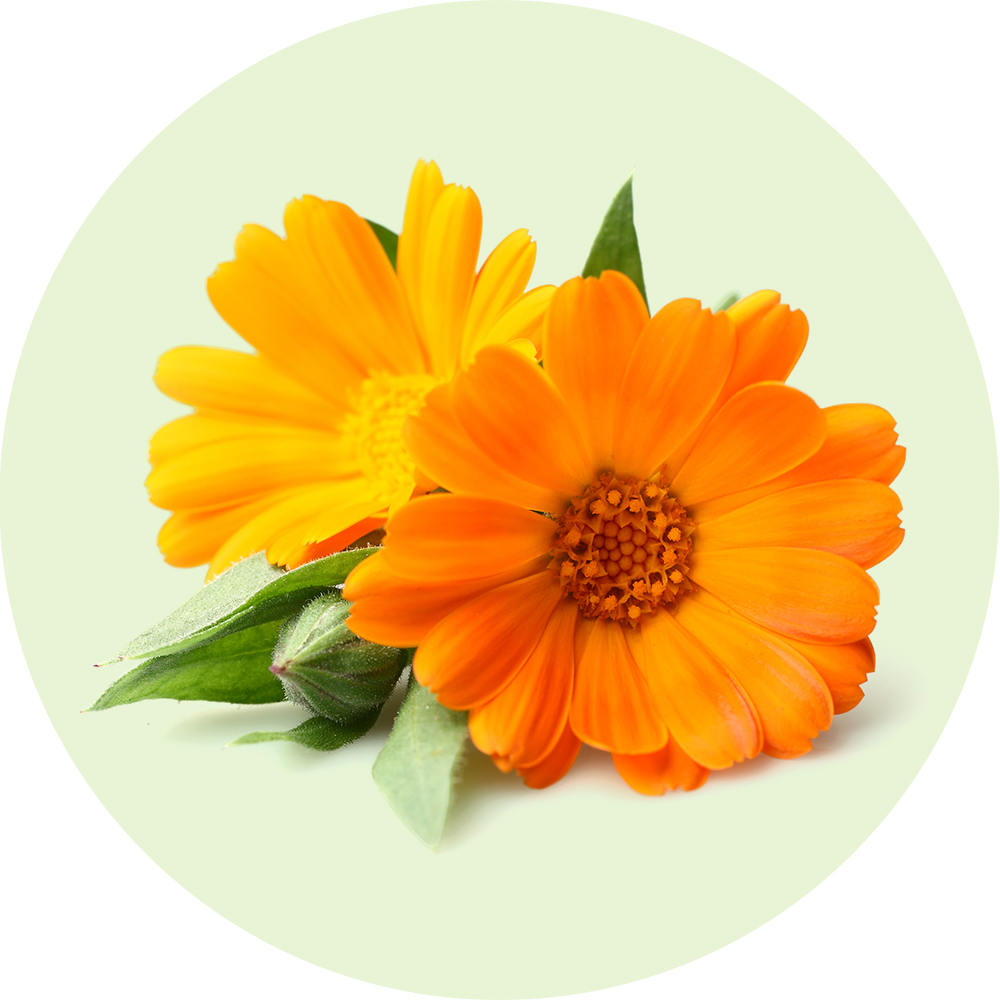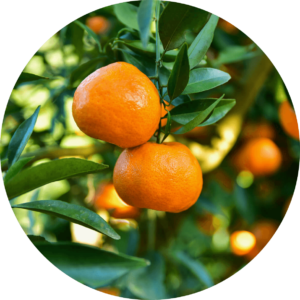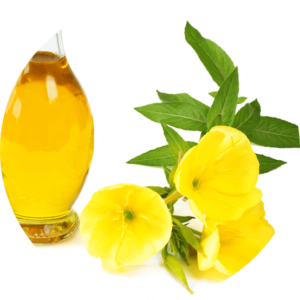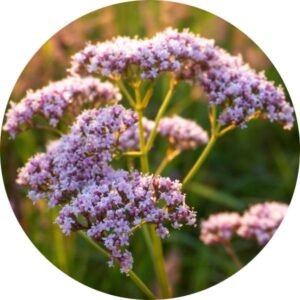Marigold
Indian holidays and at Indian weddings. Since they were brought there by the Portuguese, people have worn those festive wreaths around the neck and have been decorating their houses to attract prosperity. Early Christians used marigold during celebrations dedicated to the Virgin Mary, hence its English name, marigold – Mary’s gold. Its scientific name, Calendula officinalis, is associated with a heavenly remedy. No wonder, as its healing properties are numerous.
The estrogenic effect of marigold helps women balance the menstrual cycle, reduce discharge, candida, protect the uterus, relieve the symptoms of menopause and soothe breast pain and mastitis in breastfeeding women. It is great in dermatology: it soothes skin inflammations, hives, eczema, psoriasis, seborrhoea, herpes, baby rash, ulcers, it moisturises the skin and prevents dandruff, relieves itching from insect bites, prevents infections and pressure sores in bed-ridden patients, protects burnt skin and helps its healing, and is also beneficial for mucous membranes and in gingivitis.
Marigold flower has a number of proven healing properties; in menopause, it helps the body overcome stress and strains, it helps to adapt to changes associated with age and acts preventively in diabetes and cardiovascular disease. Also, marigold helps with painful menstruation that can occur in perimenopause.




